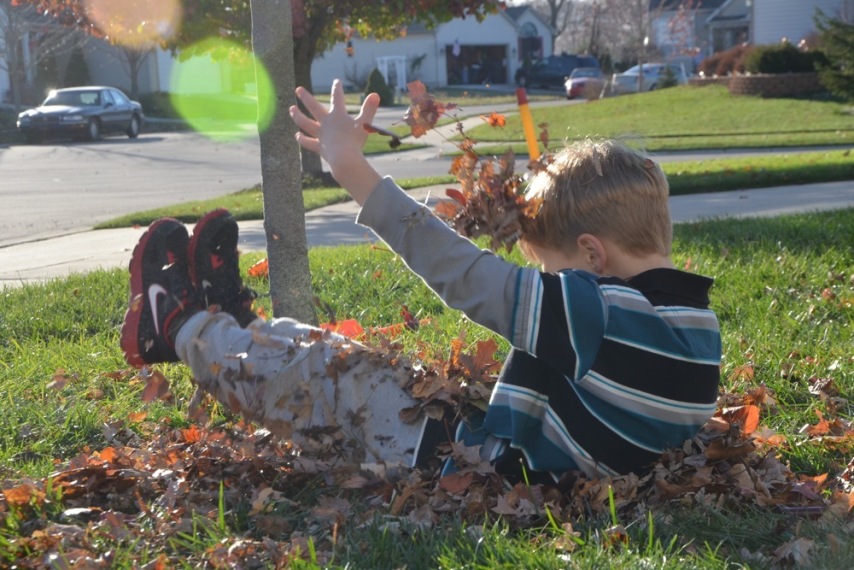Inertia (BFSU C-5)
Again we spent two weeks really reviewing and then absorbing this science topic. We had done the first four energy sections over the summer, but then we'd taken that knowledge and applied it to life science (how animals obtain, convert, and use energy and how energy drives the selection process behind evolution), so before we returned to the energy thread I thought we'd review a bit. Following that, we took what we knew about energy (that all energy boils down to some form of kinetic energy) and moved on to study inertia. Describing the concept being a property was probably the hardest part of this section, and while I am sure that he understands the concept at this point, we are still struggling a little to use the right vocabulary when discussing the topic, but we'll have more time to work on that as we continue with the concepts through the rest of the month.
So, inertia. A few books, a few demonstrations, and we were good to go.
 Energy Makes Things Happen, by Kimberly Brubaker Bradley. Another book from the Let's-Read-And-Find-Out Science series, which Calvin and I both love. This book provides a good break-down of the different forms of energy and how energy is used and converted.
Energy Makes Things Happen, by Kimberly Brubaker Bradley. Another book from the Let's-Read-And-Find-Out Science series, which Calvin and I both love. This book provides a good break-down of the different forms of energy and how energy is used and converted.
 Forces Make Things Move, by Kimberly Brubaker Bradley. Yes, yet another from the LRAFO series (because I refuse to keep typing out that title!), but it's really my go-to series.
Forces Make Things Move, by Kimberly Brubaker Bradley. Yes, yet another from the LRAFO series (because I refuse to keep typing out that title!), but it's really my go-to series.
 Energy, Forces, & Motion, by Alistair Smith. This is one of those "Internet Linked" Usborne books. I have never tried the internet linked portion of any of these books, and I'm not sure I'd ever pay full price for one of them, but we bought it for twenty-five cents used and it was definitely worth that, even if for just a few definitions. I have a feeling it will be of more help in the future as it covers more than we were planning to just yet.
Energy, Forces, & Motion, by Alistair Smith. This is one of those "Internet Linked" Usborne books. I have never tried the internet linked portion of any of these books, and I'm not sure I'd ever pay full price for one of them, but we bought it for twenty-five cents used and it was definitely worth that, even if for just a few definitions. I have a feeling it will be of more help in the future as it covers more than we were planning to just yet.
 Book reviews,
Book reviews,  Science | tagged
Science | tagged  BFSU,
BFSU,  Physics,
Physics,  energy
energy 

















